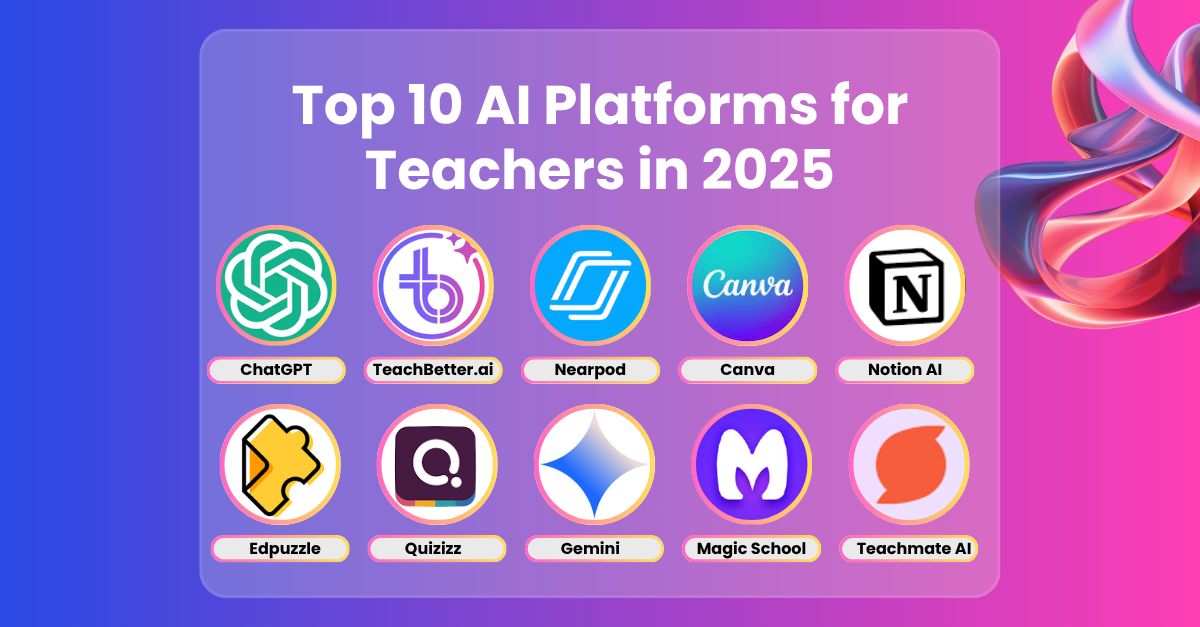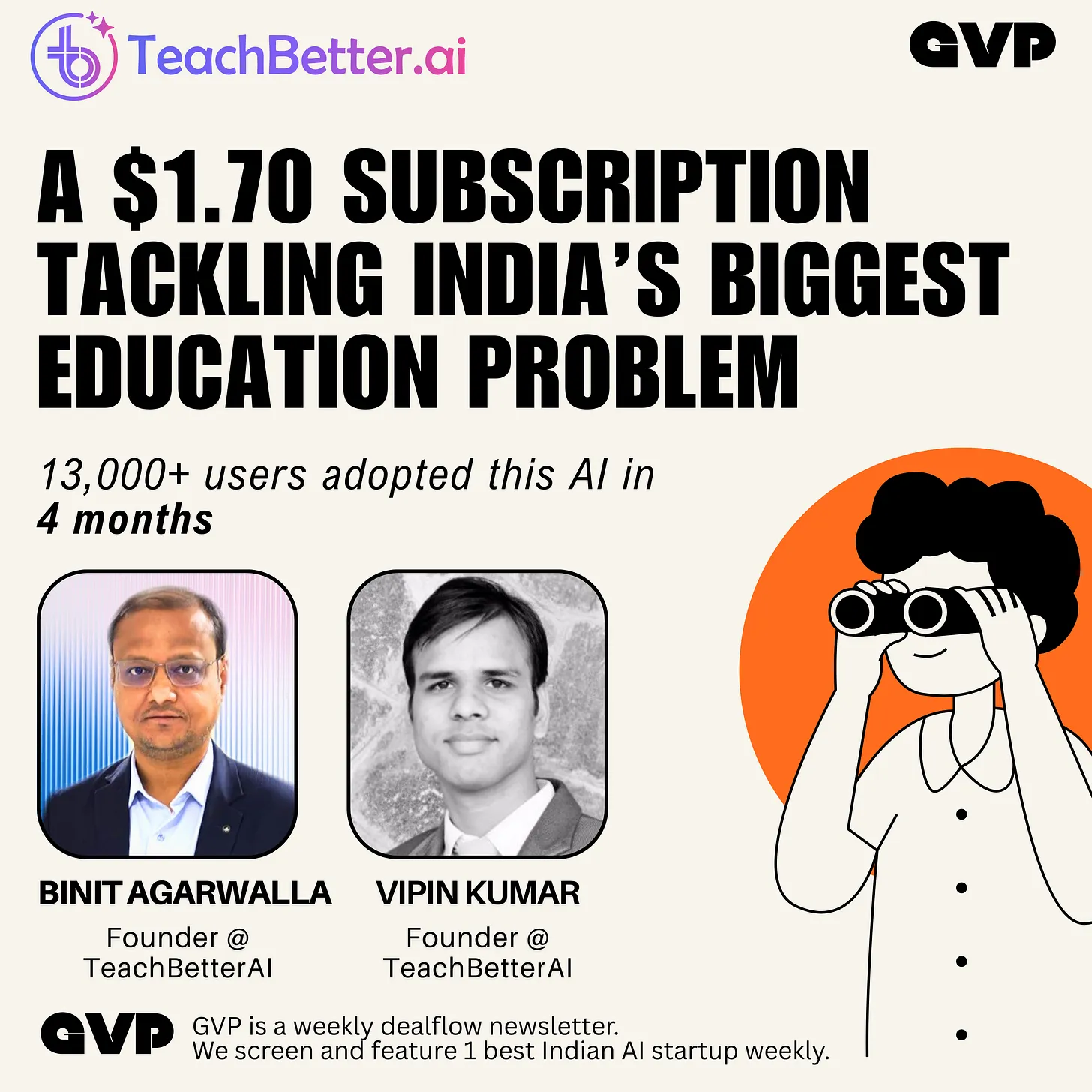The Knowledge Hub
AI in Education: Busting Common Myths
TeachBetter.ai
|
2 February, 2025

Artificial Intelligence (AI) has rapidly emerged as a transformative force in various industries, including healthcare, finance, and transportation. Education is no exception, as AI-powered tools are increasingly integrated into classrooms to support teachers, students, and parents. However, as with any disruptive technology, AI in education is often misunderstood, surrounded by myths that can hinder its adoption and potential. It’s time to separate fact from fiction and address these misconceptions head-on.
In this blog, we’ll bust some of the most common myths about AI in education and shed light on how this technology is shaping the future of learning.
Myth 1: AI Will Replace Teachers
One of the most prevalent fears surrounding AI in education is that it will render teachers obsolete. However, this couldn’t be further from the truth. AI is not designed to replace educators but to empower them.
Reality: AI serves as a tool to assist teachers in mundane and time-consuming tasks, such as grading, lesson planning, and administrative duties, enabling them to focus on fostering creativity, critical thinking, and emotional intelligence in their students. A 2022 report by UNESCO highlights that 78% of educators who use AI tools find them valuable for personalized learning and student engagement.
Example: AI platforms, like the one we are building at TeachBetter.ai, help teachers design dynamic lesson plans and create assessments tailored to individual learning needs, saving significant time while maintaining high educational standards.
Myth 2: AI Promotes a One-Size-Fits-All Approach
Another misconception is that AI standardizes education, reducing it to algorithms and data points. Critics worry that AI-powered tools lack the human touch necessary for meaningful learning.
Reality: AI excels in personalization, not standardization. It uses advanced algorithms to analyze students' strengths, weaknesses, and learning patterns, offering customized content and resources. Far from being rigid, AI adapts to each learner’s unique needs.
Example: Adaptive learning platforms leverage AI to identify areas where a student struggles and provide targeted exercises, ensuring a more tailored learning experience. This personalization enhances engagement and improves learning outcomes.
Myth 3: AI in Education Is Too Expensive
Many believe that integrating AI into education is prohibitively expensive and only feasible for elite schools or institutions.
Reality: While AI tools may seem like a luxury, many solutions are affordable and scalable. The cost of AI implementation has significantly decreased over the years, and cloud-based AI platforms allow schools to pay only for what they use. Governments and nonprofits are also investing in AI-based education initiatives to ensure accessibility.
Example: A study conducted in 2023 found that schools using AI-powered tools for lesson planning saved an average of 30% on traditional resource development costs.
Myth 4: AI Cannot Be Trusted With Data Privacy
Concerns about data privacy are valid but often exaggerated when it comes to AI in education. Critics fear that AI platforms may misuse sensitive student data.
Reality: Responsible AI systems prioritize data security and compliance with global privacy standards. For example, GDPR (General Data Protection Regulation) and FERPA (Family Educational Rights and Privacy Act) offer frameworks to ensure that educational data is handled with the utmost care.
Example: AI education platforms employ robust encryption protocols and anonymized data processing to protect user information while delivering insights for better educational outcomes.
Myth 5: AI Is Only for Tech-Savvy Educators
There’s a perception that using AI requires advanced technical knowledge, making it inaccessible to the average teacher.
Reality: Modern AI platforms are designed to be user-friendly, with intuitive interfaces and step-by-step guides. Teachers can seamlessly integrate AI tools into their workflows without needing extensive technical training.
Example: An English teacher can use AI to analyze essays for grammar, style, and originality with just a few clicks, making their workload lighter without needing to learn complex programming skills.
Myth 6: AI Will Make Education Impersonal
Some argue that AI’s emphasis on technology will reduce the human connection between teachers and students, making education less personal.
Reality: AI does not replace the human element in education but complements it. By automating repetitive tasks, AI allows teachers to spend more time engaging with students on a deeper, more meaningful level. Additionally, AI-powered tools help identify emotional or academic struggles early, enabling teachers to provide timely support.
Example: AI chatbots can assist students with doubts outside class hours, ensuring they feel supported while maintaining the teacher’s central role in guiding and mentoring.
Key AI Use Cases in Education
AI is already making significant strides in education by addressing challenges and unlocking opportunities:
- Personalized Learning Plans: AI adapts content and pacing based on individual student needs, ensuring better comprehension.
- Automated Grading: Streamlining the evaluation process for assignments and quizzes, saving teachers hours of manual work.
- Early Intervention: AI detects at-risk students through behavioral and academic patterns, allowing timely support.
- Language Learning: AI-powered translators and language tools help students overcome language barriers, promoting inclusivity.
- Creative Resource Generation: AI can generate engaging presentations, worksheets, and project ideas tailored to different curricula.
- Professional Development: AI provides teachers with resources for skill enhancement, ensuring they stay ahead in a rapidly evolving field.
Why Addressing These Myths Matters
Addressing these myths is essential to fostering a positive mindset around AI in education. Misconceptions can delay the adoption of tools that have the potential to transform teaching and learning experiences. By understanding the real capabilities of AI, educators and policymakers can make informed decisions that benefit students and teachers alike.
To stay updated on our latest developments, follow us on LinkedIn: https://www.linkedin.com/company/teachbetter/


